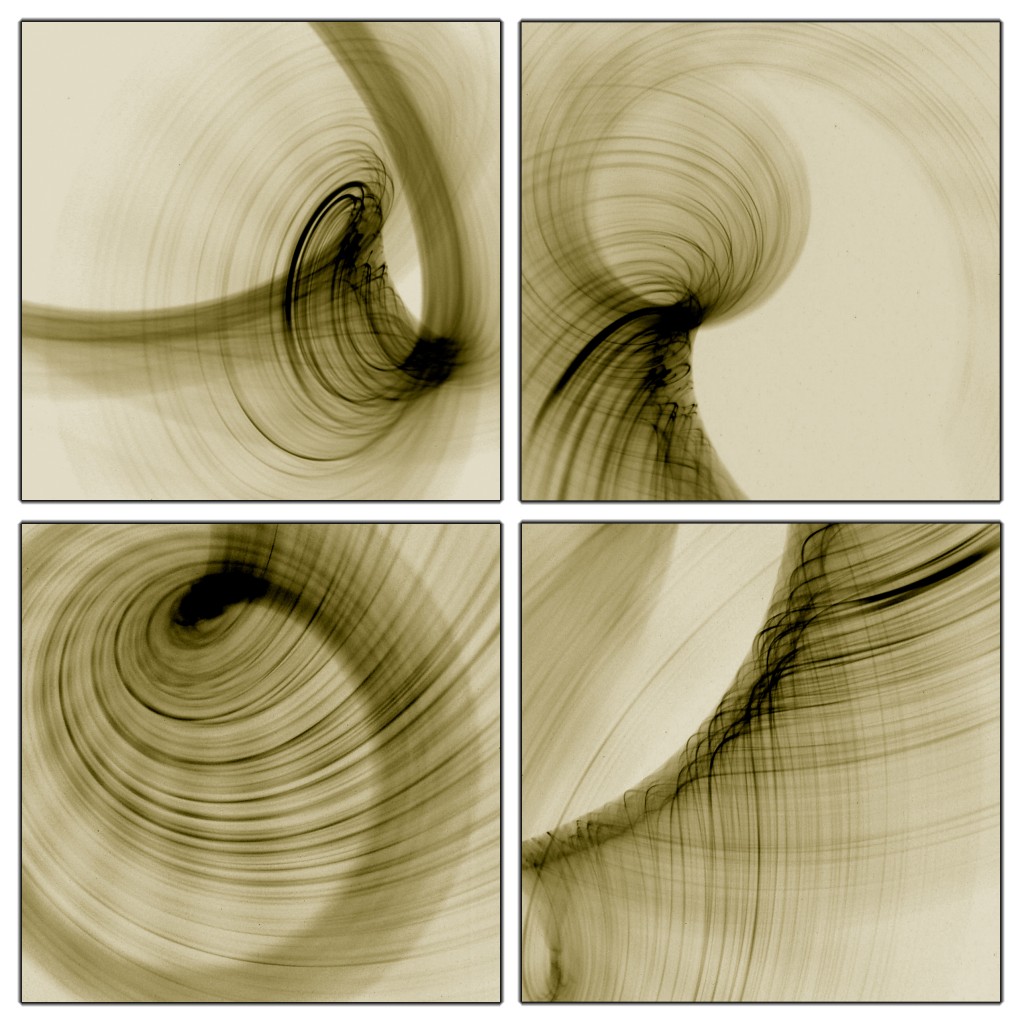 Though I do not recall the exact date in 1983, I remember distinctly a day when Steve Jobs came to talk to us at Stanford about his vision for the personal computer industry. It was before the release of the first Macintosh (which would come in January 1984); Jobs was already an icon of Silicon Valley, due to the success of the Apple II. That day at Stanford, he spoke to us passionately about how our world would change with what was coming next: the graphical user interface, an operating system based on windows and icons, the first computer that would truly be personal.
Though I do not recall the exact date in 1983, I remember distinctly a day when Steve Jobs came to talk to us at Stanford about his vision for the personal computer industry. It was before the release of the first Macintosh (which would come in January 1984); Jobs was already an icon of Silicon Valley, due to the success of the Apple II. That day at Stanford, he spoke to us passionately about how our world would change with what was coming next: the graphical user interface, an operating system based on windows and icons, the first computer that would truly be personal.
I was in my second year at the Stanford Graduate School of Business, and the Apple IIs that sat in our computer center were the “coolest” computers I had ever seen. But they still used the standard paradigm and interface of their time, a command line where the user typed arcane text instructions, just as on IBM or HP minicomputers. The rudimentary demonstrations that Steve Jobs showed that day did indeed represent a radical departure from what we were used to, a more intuitive way to interact with the machine.
One of my vivid memories of the Apple CEO’s visit was the reaction of my classmates, several of whom commented that this was a concept that “speaks to me” or “the first computer that I think I could really enjoy using.”
Another recollection I have was the way Steve talked about creativity and innovation, and about his own success. He stressed his view that creativity was usually not about building something from scratch but about connecting things that already exist. And, one can certainly argue, as we did in the previous entry, that Steve Jobs was neither the engineer or the artist who created anything. For each of Apple’s hit products, he was the man with the broader vision, the one who made the connections that others had not seen.
“Connecting the dots”, as he was already calling it in the 1980s, would become the major leitmotif of his life. On another visit to Stanford, this time to deliver the now famous 2005 commencement address, Jobs chose to build his speech around three personal stories. The first of these tales was a three minute vignette about connecting the dots. He told how he learned about the art of calligraphy when he dropped out of college, and how he came to use this knowledge ten years later.
As a teenager, Jobs dropped out of Reed College in 1973, after only six months. He explains that he liked the school well enough, but that he was frustrated at the required courses he was obliged to take, many of which did not interest him. So, he quit the college, and then stayed around for another 18 months, sleeping on friends’ floors and “dropping in” on the courses that interested him.
One of these courses was calligraphy. He was fascinated by the beautiful posters he saw on campus, with carefully drawn letters that were at the same time functional and visually appealing. So, he learned all about the various typefaces, about changing the spacing between letter combinations for effect, about “what makes great typography great.” He was enthralled by the artistic subtlety of writing letters this way, of the exquisite art forms that science could simply not capture.
At the time, he could see no practical application whatsoever for this knowledge. But then, some ten years later when they were designing the original Macintosh, it all came back to him, and his study of calligraphy would change the world of computers forever. As he explained, “If I had never dropped in on that single course in college, the Mac would have never had multiple type faces or proportionally spaced fonts. And since Windows just copied the Mac, it’s likely that no personal computer would have them.”
If Apple did indeed build the first computer to pay attention to beautiful typography, it was because a teenage college dropout followed his heart and his intuition, and because years later he was able to look back and connect the dots.
[Image: Calligraphies bij Flickr-user clickykbd]
